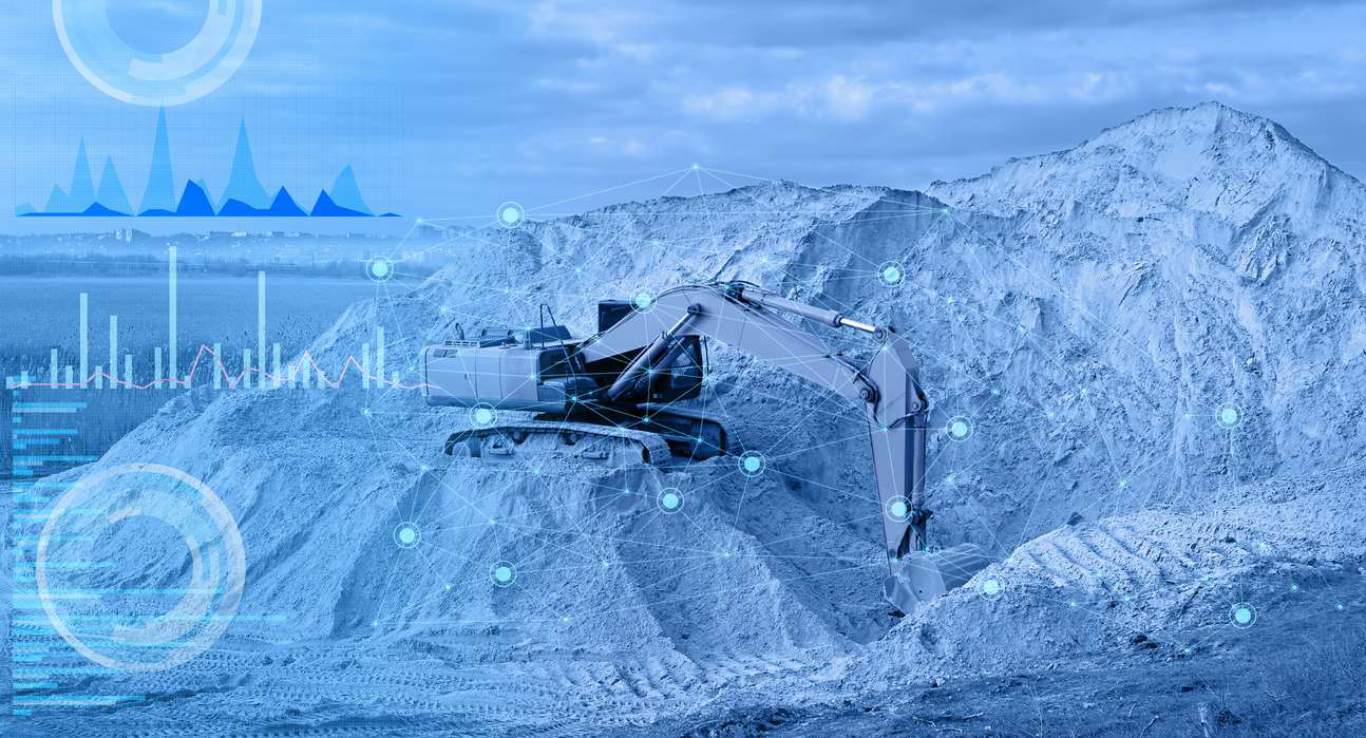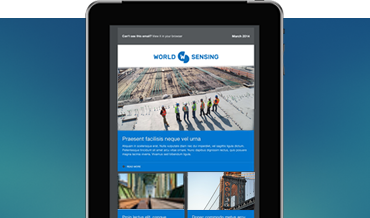PART 2 – Remote monitoring of tailings dams Q&A series: common issues and solutions
In the second of our Q&As based on the Worldsensing webinar on IoT remote monitoring of tailings dams, Denis Guilhot, Vincent Le Borgne and Juan Pérez Arcas answer your questions about IoT-based monitoring and Worldsensing product development.
General questions
What geotechnical analyses are usually performed with the data from IoT systems?
Juan Pérez, geotechnical engineer, wireless monitoring expert and product owner of the leading system for IoT-based monitoring, Worldsensing:
In mining, the most common analysis is to evaluate monitoring data with respect to thresholds defined in the instrumentation design and to run a qualitative analysis to evaluate how parameters are changing over time. When mines use data visualization software as part of the monitoring strategy, it is also common to evaluate cross-related data related to tailings risk points like precipitation and pore water pressure. Usually, alarm limits related to stability are defined considering design seepage and deformation models.
A new approach with significant advantages is called sensor data assimilation or back analysis. A monitoring program measures parameters such as pore water pressure and deformation in different locations. This real-time data is then assimilated into a computational model that allows educated decisions to be made regarding the control and maintenance of the dam. We are participating in a research project related to this emerging approach and are looking for a mine that wants to take part. Please contact us if you are interested.
Talks about implementing stricter mining guidelines often die down until a tragedy happens. Do you see any difference in the trend now? If yes, what do you think are the key differences and if not, what do you think should be done differently?
Denis Guilhot, innovation project manager for mining:
I think that there is a difference in the mind frame this time, especially regarding tailings dams. Countries such as China and Brazil have already tightened their rules. It is true that what they have come up with at the moment is quite general, but it is a move in the right direction. Also, we have seen that mining operators such as Vale are now more committed than in the past.
Finally, I think society and investors are more conscious now about safety and reputation. So, it looks like there will definitely be changes in the next few years.
As a service provider, what are your interactions with the geotechnical dam designer and or Engineer of Record?
Juan Pérez:
We work closely with engineering service professionals such as GKM Consultants to help mines implement IoT-based monitoring or to advance their existing instrumentation and monitoring program. Dam designers and Engineers of Record ask about the possibilities of our system. They often want to know if it is technically feasible to collect sensor readings in near real-time, and at a reasonable cost, to define the frequency of acquisition they will require in the design or implementation of their monitoring program.
What is the single biggest benefit of the Worldsensing kit for monitoring tailings dams?
Juan Pérez:
Worldsensing is the simplest way to collect tailings dam stability readings in near real time. Our nodes connect to structural and geotechnical sensors that the mine already uses. Worldsensing devices are battery powered, avoiding the need for external power sources like solar kits. Our LoRa IoT network is perfect for remote, hard-to-access areas like tailings dams, and the Worldsensing platform can be easily configured so mining employees can maintain the monitoring system and adjust the wireless network whenever new monitoring needs come up.
Is there an option to use the visualization software as a trial, to test its capabilities?
Juan Pérez:
Yes. Contact us for a demo.
Worldsensing product development
Can the web management software send email alerts when a monitoring result exceeds a preset value? If not, will this feature be implemented in the future?
Juan Pérez:
This feature is not yet available with Worldsensing software. But readings collected by the Worldsensing wireless system can be shared with other commercial software systems via FTP, API [application programming interface] calls or Modbus TCP [Transmission Control Protocol]. We may implement alerts in the future, but for now if you require alarms with Worldsensing you can easily integrate it with software that has this feature.
Where does satellite technology come in here?
Denis Guilhot:
Using InSAR [interferometric synthetic-aperture radar] technology, satellites can complete the data gathered by physical sensors to track ground movements. This is useful to get a global picture of what is happening in the area. Also, it allows you to detect the best location to place physical sensors, optimizing the response and the cost of deployment.
Is it possible to implement InSAR remote sensing data in this kind of IoT network?
Denis Guilhot:
Yes, this is something we will offer commercially very shortly. We have already included InSAR in our visualization tool and used it to optimize the sensor distribution. We are now working on the correlation of data between the InSAR and the IoT network to increase the value of this combination of technologies.
How do you use the platform to combine and analyze monitoring with soil models?
Denis Guilhot:
The platform allows you to perform data monitoring as well as network monitoring. It includes a set of functionalities such as business rule definitions and automated alerts. It also allows you to onboard sensors from other manufacturers and collect the data. We are participating in a research project and working on the integration of data collected by Worldsensing systems into third-party software, such as Plaxis for finite element analyses or Fast Lagrangian Analysis of Continua (FLAC) for numerical modeling of seepage.
Are you planning to make an app for iPhones? It is not always easy to use your Android app because of the connector on the phone.
Juan Pérez:
Currently we are not planning to do an iOS app. Our configuration app is compatible with cheap android phones—such as a Motorola Moto E5, which is around USD$100—so we recommend you acquire one for your toolbox if you are not already using a compatible phone. In addition, it is also possible to use Android emulators to configure the node from a laptop.
Has anybody used PoE [Power over Ethernet] to power gateways on tailings dams, as this eliminates SIM card issues?
Vincent Le Borgne, mining R&D manager:
Remote mines often do not have cellular signals, so this is the preferred method for this application. It also allows for direct integration of the gateway into the mine’s network.
Are there algorithms for continuous monitoring of tailings dams and data processing? How is the data reliability measured?
Denis Guilhot:
We are involved in projects with machine learning and algorithms for wireless monitoring networks. This is one of the topics of interest for the company and we hope to present some exciting developments in the near future.

